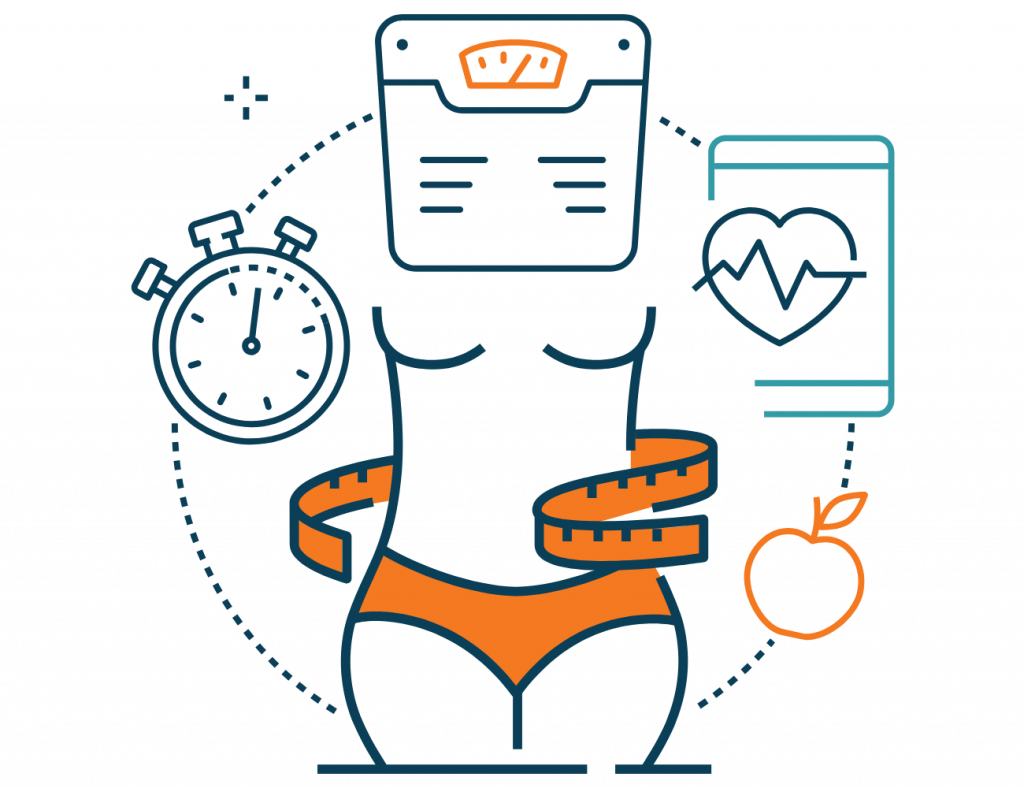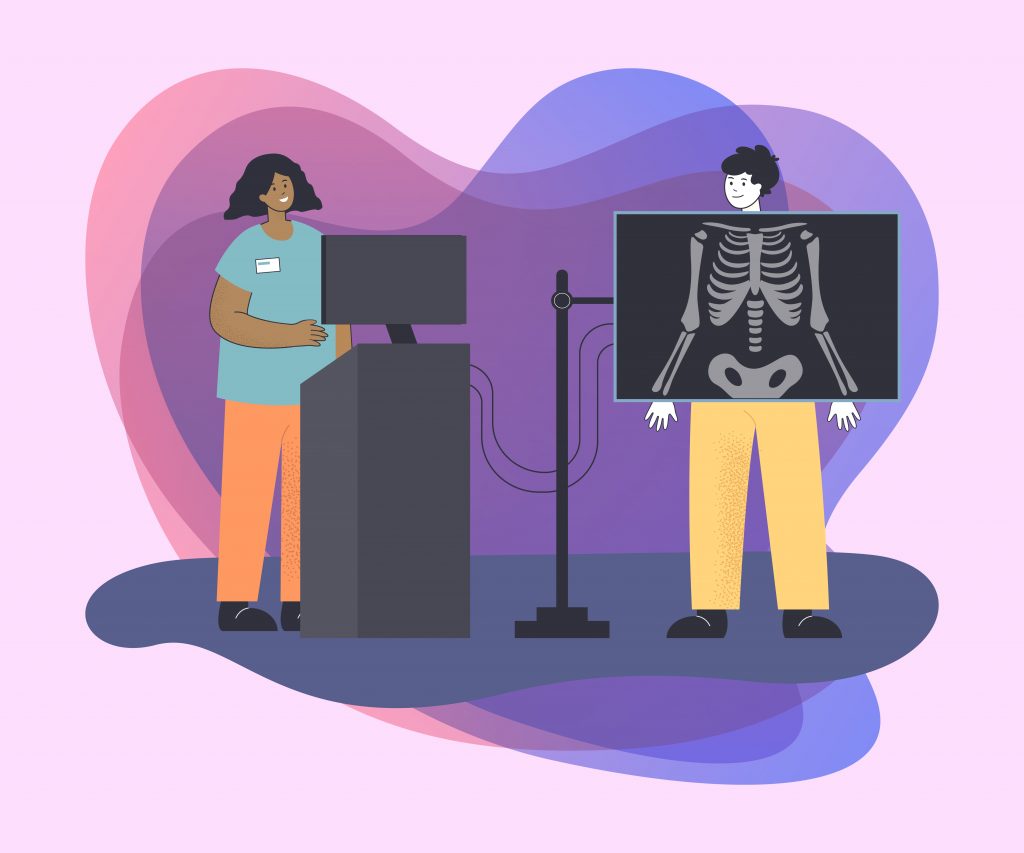The Body Mass Index (BMI), developed nearly 200 years ago, has been the standard metric for assessing an individual’s health by comparing their weight to their height. BMI was intended to be a simple tool for estimating obesity across large populations. However, healthcare professionals have increasingly acknowledged its shortcomings, as BMI fails to account for muscle mass, fat distribution, age, and other factors that play a significant role in overall health. A 2016 study published in the International Journal of Obesity found that nearly 47% of individuals classified as “overweight” by BMI were, in fact, healthy based on metabolic markers like blood pressure, cholesterol, and glucose levels.
One of the primary criticisms of BMI is its inability to differentiate between muscle and fat. This flaw makes BMI particularly unreliable for individuals with higher muscle density, like athletes or those who regularly engage in resistance training. For example, a professional football player with substantial muscle mass may be classified as overweight or obese, despite being in excellent health.
Additionally, BMI doesn’t account for where fat is stored in the body. Visceral fat, which accumulates around internal organs such as the liver and intestines, poses a much greater health risk than subcutaneous fat stored under the skin in areas like the hips or thighs. Excess visceral fat has been linked to serious conditions like heart disease, type 2 diabetes, and certain cancers. Despite this, BMI treats all body fat the same, failing to distinguish between the more dangerous visceral fat and less harmful fat stored elsewhere.
Finally, BMI does not consider variations based on sex or ethnicity, which can misrepresent health risks for different groups. For instance, Asian populations are at a higher risk of developing diabetes and cardiovascular diseases at a BMI of 23—well below the standard “overweight” threshold of 25. Additionally, women generally have a higher body fat percentage than men, yet BMI does not account for these physiological differences. Such disparities demonstrate how BMI can misclassify health risks across different ethnicities and genders, making it less inclusive as a universal health metric.
7 Alternatives To The Body Mass Index (BMI)

Organizations looking to evaluate and improve employee health must recognize that relying solely on BMI for wellness initiatives can result in misleading assessments. Fortunately, several modern alternatives to BMI provide more accurate insights into body composition, fat distribution, and overall health risks. These tools can help companies design wellness programs that are fair, inclusive, and scientifically grounded.
1. Body Roundness Index (BRI)
One BMI alternative is the Body Roundness Index (BRI), which assesses how round or circular an individual’s body is by measuring waist circumference in relation to height. This is an improvement over BMI, as abdominal (visceral) fat is a significant predictor of risk for type 2 diabetes, heart disease, and stroke.
The body roundness index is a strong predictor of mortality. In one study, individuals with BRI scores of 6.9 or higher (on a scale from 1 to 15) had a 50% greater mortality risk than those with scores between 4.5 and 5.5.
The body roundness index offers a nuanced BMI alternative to assess health risks by focusing on central obesity and fat distribution. While the calculation is more complex than BMI, online calculators make it a practical option for more accurately monitoring health. It’s important to note, however, that BRI does not consider other factors, such as muscle mass, bone density, or overall fitness levels, which can provide a more comprehensive understanding of health.
2. Waist-To-Hip Ratio (WHR)

The Waist-to-Hip Ratio (WHR) addresses one of BMI’s major shortcomings by accounting for fat distribution. WHR calculates the ratio between the circumference of the waist and hips. It indicates whether an individual stores fat around the abdomen (indicating sign of higher health risks) or around the hips and thighs.
The World Health Organization states that a higher WHR increases the risk of cardiovascular diseases, high blood pressure, and metabolic disorders. Specifically, a WHR above 0.90 for men and above 0.85 for women indicates a higher risk of health issues.
One of the main advantages of the WHR is its simplicity; all it requires is a tape measure. It’s a low-cost, effective tool for identifying individuals at risk of obesity-related diseases, especially when compared to the less precise BMI. However, measurement errors can occur if the tape isn’t positioned correctly, and WHR doesn’t account for lean muscle mass around the hips. This can make the results slightly less accurate in some cases, particularly for those with higher muscle mass.
3. Waist Circumference
Like WHR, measuring waist circumference helps determine how much abdominal fat an individual carries. To do this, individuals simply measure the narrowest part of their waist (just above the belly button). Medical guidelines indicate that a waist circumference greater than 40 inches (102 cm) in men and 35 inches (88 cm) in women is associated with a higher risk of obesity-related diseases.
This BMI alternative shares similar advantages and limitations with WHR: it’s quick, inexpensive, and requires only a tape measure, but it doesn’t account for differences in body types and builds.
4. Body Fat Scales

Body fat scales send a small electrical current through the body and measure the resistance it encounters. Since fat tissue conducts electricity more slowly than muscle, the scale can estimate body fat percentage based on the level of resistance detected.
These scales are affordable, easy to use, and provide a quick snapshot of body composition. Many modern scales also sync with smartphone apps, allowing employees to track their progress over time. However, factors like hydration, time of day, and recent physical activity can affect the results, meaning they should be used as a general guide rather than a definitive measure of body composition.
5. Skinfold Calipers
The skinfold caliper method is a relatively simple and affordable BMI alternative. This involves using a caliper to pinch and measure the thickness of skinfolds at specific points on the body, such as the abdomen, triceps, and thighs. These measurements are then used to estimate overall body fat percentage.
The accuracy of skinfold measurements depends heavily on the skill of the person performing the assessment. Improper technique can lead to inconsistent results. However, when performed correctly, skinfold calipers can be a convenient tool to track body composition changes over time.
6. DEXA Scans (Dual-Energy X-ray Absorptiometry)

DEXA scans are one of the most accurate methods for assessing body fat, muscle mass, and bone density. DEXA uses low-level X-rays to create detailed images of body composition, providing a precise picture of where fat is distributed throughout the body.
One of the major benefits of DEXA is its ability to distinguish between different types of tissue, offering a level of accuracy that is far superior to BMI. However, this technology comes at a cost in terms of price and availability. DEXA scans are typically only available in clinical settings, and they can be expensive to perform regularly. That said, it remains a BMI alternative for individuals or companies that are serious about getting the most detailed health data available.
7. Hydrostatic Weighing
Hydrostatic weighing, also known as underwater weighing, has long been considered a gold standard for measuring body composition. This method works on the principle that fat is less dense than water, so individuals with higher fat percentages will weigh less when submerged underwater compared to those with more muscle mass.
The process involves submerging the individual in water and measuring their underwater weight to estimate body density. From there, body fat percentage can be calculated with a high degree of accuracy. However, like DEXA, hydrostatic weighing requires specialized equipment and trained professionals. It is, however, a powerful BMI alternative for employees who want a precise assessment of their body composition.
A Holistic Approach To Weight Management

The BMI alternatives mentioned above provide more accurate ways to measure body composition and health risks, but numbers alone don’t tell the whole story. Relying solely on metrics like weight or body fat percentage still limits the conversation around health.
The Health at Every Size® (HAES®) philosophy offers a more comprehensive picture of well-being by promoting the idea that health is not determined by weight alone. Instead of focusing solely on weight loss, HAES® encourages acceptance of body diversity and the adoption of health-promoting behaviors. Shifting the focus from body weight to behaviors like regular exercise, balanced nutrition, and stress management empowers individuals to focus on what they can control to improve their health. This reduces weight stigma and helps people build a positive relationship with their bodies at any size.
Wellable’s wellness program is built on the belief that well-being is not just about numbers, encouraging the adoption of healthy behaviors to improve overall quality of life. Book a demo to learn how Wellable can help create a positive and supportive culture of health in your organization.
Conclusion
While BMI has long been a standard tool for assessing health, it falls short in providing a comprehensive picture of well-being. Fortunately, modern alternatives can offer more accurate insights into body composition and health risks. Beyond metrics, however, fostering a culture that prioritizes healthy behaviors (e.g., regular movement, balanced nutrition, stress management) creates a more holistic approach to wellness. By embracing improved measurement tools and behavior-focused wellness strategies, employers can better support the diverse health needs of their workforce.












